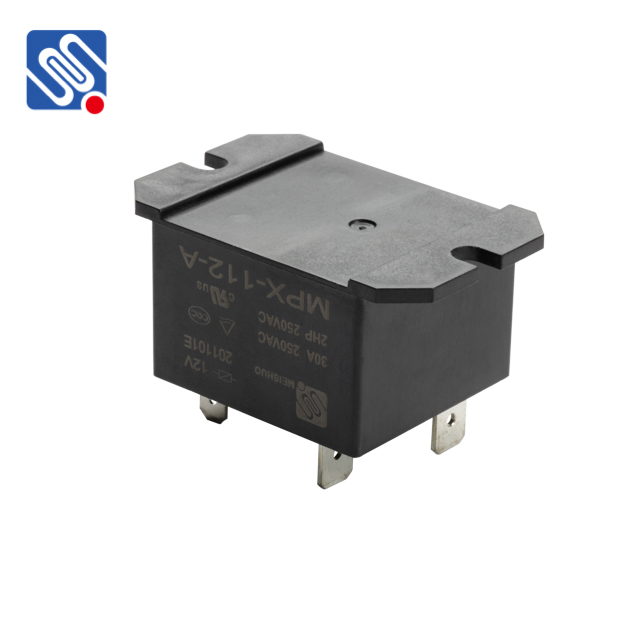understanding the 220v 30a relay: key features, applications, and considerations
Release time:2025-05-06 04:55:32
A relay is an essential component used in many electrical and electronic circuits, serving as a switch that is controlled by an electrical signal. The 220V 30A relay is a widely used type of relay, designed to handle high voltages (220V) and higher current ratings (30A). This makes it a crucial element in a variety of industrial, commercial, and home applications. In this article, we will explore the characteristics of the 220V 30A relay, its typical applications, and the important factors to consider when using it.

What is a 220V 30A Relay?
A 220V 30A relay is a type of electromagnetic switch used to control electrical circuits by opening or closing contacts in response to an electrical signal. The 220V in the name refers to the maximum voltage the relay can handle, and the 30A indicates the maximum current it can carry. These relays are designed to operate in AC circuits, especially in regions where 220V AC is the standard electrical supply voltage.
The relay consists of a coil, an armature, contacts (usually at least one set of Normally Open (NO) or Normally Closed (NC) contacts), and a spring mechanism. When a voltage is applied to the coil, it generates a magnetic field that pulls the armature, causing the contacts to either open or close, depending on the relay's design. This allows a low-power control signal to control a high-power circuit.


